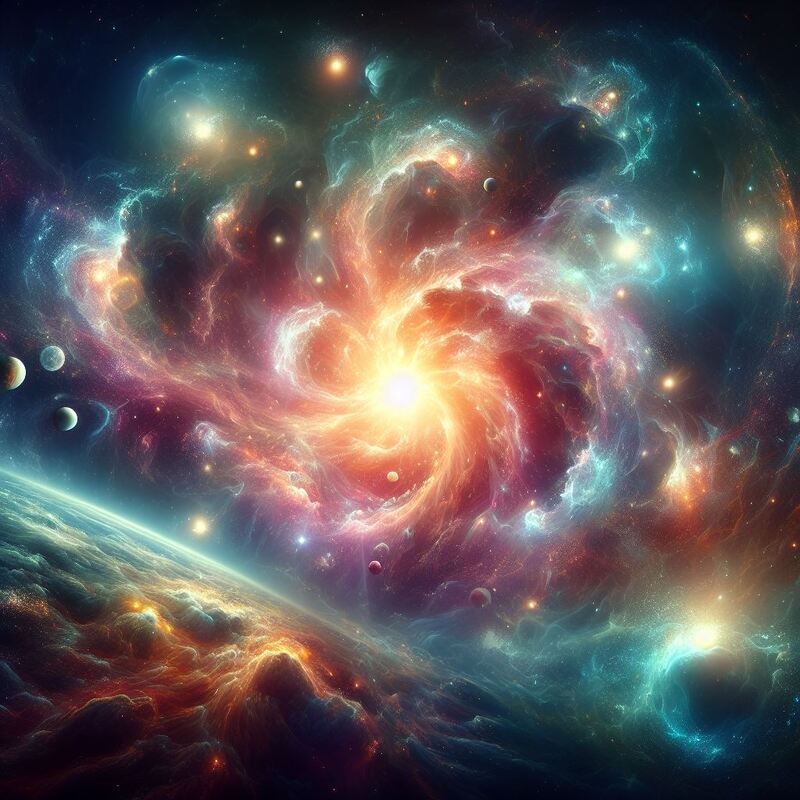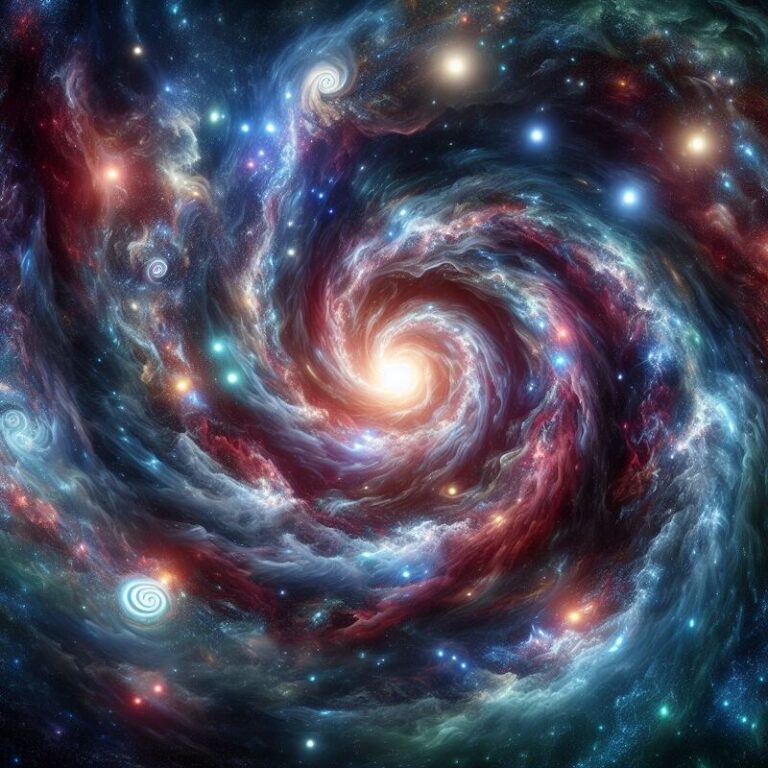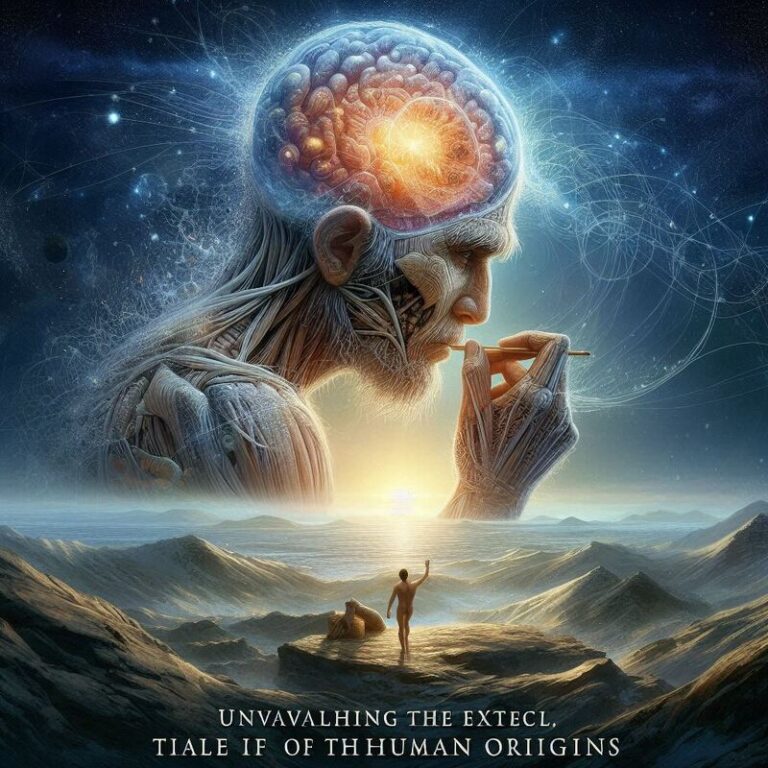Cosmogony Origins of The Universe
Cosmogony Origins of The Universe
Exploring the Depths of Cosmogony: Unveiling the Mysteries of Creation
In the quest to comprehend the vastness of existence, humanity has woven intricate tales of origin and creation known as cosmogonies. These narratives transcend mere storytelling, serving as windows into the collective imagination and philosophical underpinnings of civilizations across time and space. From ancient mythologies to modern scientific theories, cosmogonies illuminate humanity’s relentless pursuit of understanding the cosmos and our place within it. In this exploration, we delve into the multifaceted tapestry of cosmogony, unraveling its threads to reveal the diverse interpretations of creation that have captivated minds throughout history.
Ancient Mythological Cosmogonies: The annals of human history abound with mythological cosmogonies that paint vivid pictures of the universe’s inception. In Mesopotamia, the Enuma Elish recounts a primordial struggle between cosmic forces, culminating in the formation of the world from the body of the slain deity Tiamat. Similarly, Egyptian mythology portrays the god Atum emerging from the waters of chaos to bring forth creation through his divine utterances.
Cosmogony Origins of The Universe
These myths are not merely fanciful tales but symbolic expressions of cosmic principles and natural phenomena. They embody the human impulse to make sense of the world’s complexities through narrative and metaphor, offering insights into the cultural, religious, and existential concerns of ancient civilizations.
Religious Cosmogonies: Across the globe, religious traditions have crafted cosmogonies that imbue the act of creation with divine significance. In the Judeo-Christian tradition, the Book of Genesis describes God’s six-day creation of the heavens and the earth, culminating in the formation of humanity in His image. This narrative has profoundly influenced Western thought, shaping concepts of human identity, morality, and purpose.
Cosmogony Origins of The Universe
Similarly, Hindu cosmogony unfolds through the cyclical process of creation, preservation, and destruction, guided by the divine trinity of Brahma, Vishnu, and Shiva. Within Hinduism’s rich tapestry of myths and scriptures, creation is portrayed as an eternal dance of cosmic energies, echoing the interconnectedness of all existence.
Scientific Cosmogonies: In the modern era, scientific inquiry has revolutionized our understanding of the universe’s origins, offering cosmogonies grounded in empirical evidence and mathematical models. The Big Bang theory stands as the prevailing scientific cosmogony, positing that the universe emerged from an infinitesimally dense singularity approximately 13.8 billion years ago. Over eons, space expanded, matter coalesced, and galaxies formed, giving rise to the vast cosmos we inhabit today.
Cosmogony Origins of The Universe
While scientific cosmogonies diverge from religious and mythological narratives in their methodological approach, they share a common goal: to unravel the mysteries of existence and discern the underlying laws governing the cosmos. Through observations, experiments, and theoretical frameworks, scientists continue to refine our understanding of cosmic evolution, from the primordial fireball of the Big Bang to the intricate web of galaxies that adorn the heavens.
Philosophical Cosmogonies: Beyond the realms of myth, religion, and science, cosmogonies find expression in the realms of philosophy and metaphysics. Ancient Greek philosophers pondered the origins of the universe, proposing theories ranging from the primordial chaos of Hesiod to the geometric perfection of Plato’s Timaeus. In Eastern philosophies such as Taoism and Buddhism, cosmogony intertwines with concepts of cosmic harmony, yin and yang, and the interplay of emptiness and form.
Cosmogony Origins of The Universe
Contemporary thinkers continue to grapple with questions of cosmogony, exploring the nature of time, causality, and existence itself. From the speculative cosmologies of speculative fiction to the musings of cosmologists and metaphysicians, diverse voices contribute to humanity’s ongoing dialogue about the origins and fate of the cosmos.
Conclusion: Cosmogony transcends the boundaries of culture, religion, and scientific inquiry, embodying humanity’s perennial quest to fathom the mysteries of creation. Whether expressed through mythological tales, religious doctrines, scientific theories, or philosophical speculations, cosmogonies serve as windows into the human imagination and our existential yearnings. As we gaze upon the vast expanse of the cosmos, we are reminded of the enduring allure of creation’s enigma, beckoning us to explore its depths with wonder and curiosity.



